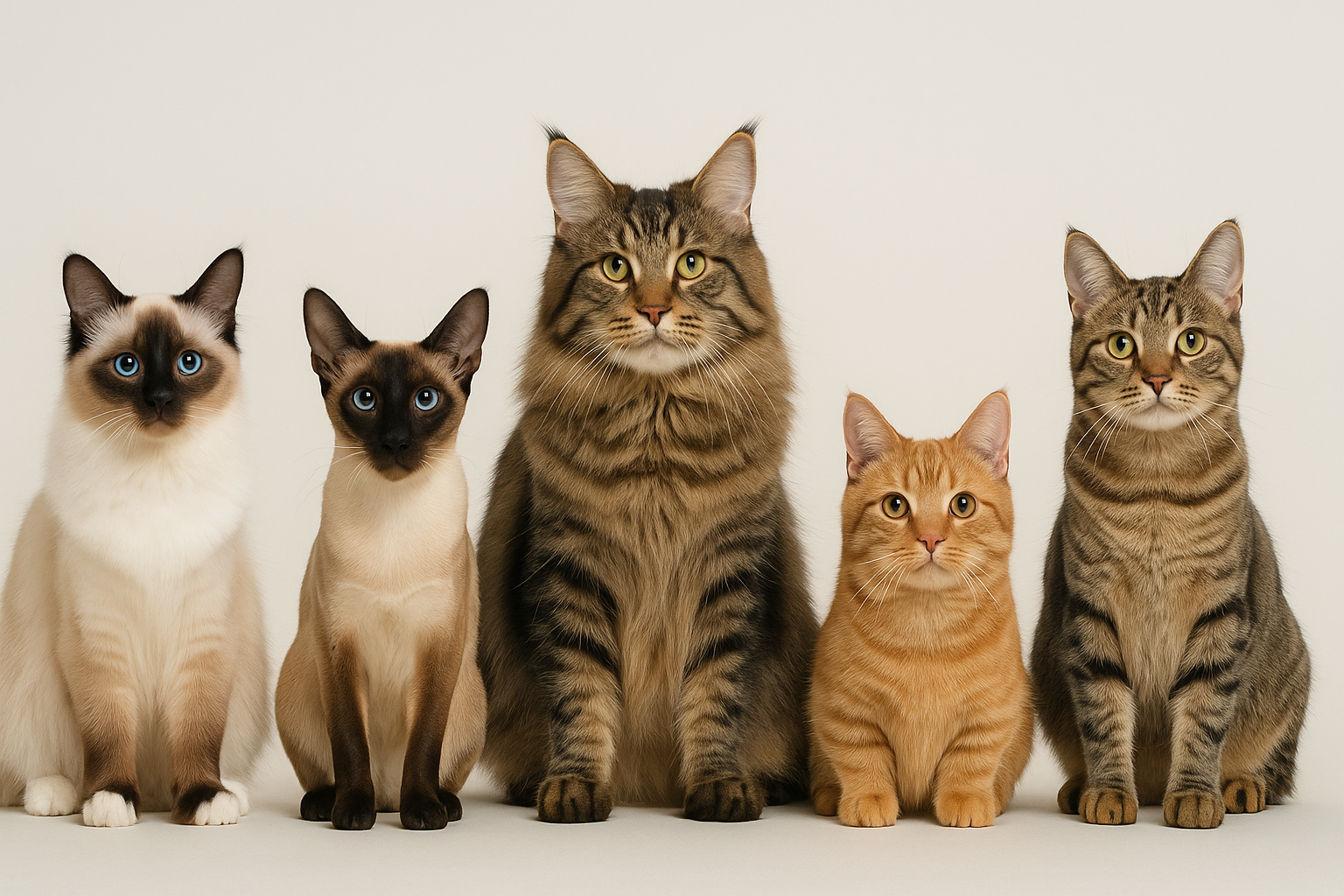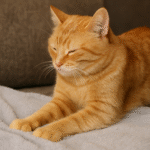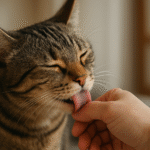Choosing the right cat for your home isn’t just about looks—it’s about lifestyle, energy levels, grooming needs, and even how vocal a cat might be. Whether you’re thinking of adopting from a rescue or purchasing from a breeder, knowing what to expect from different breeds (and mixed breeds!) can help you find your ideal feline companion.
In this guide, we’ll explore how size, temperament, coat type, and activity level vary across breeds. You’ll also learn where to find your future cat—whether it’s a specific pedigree or a lovable rescue.
Breed Personality and Temperament
Each cat breed comes with its own set of personality traits. Slender, athletic breeds like the Abyssinian are often active, chatty, and social. They thrive in busy homes and love being involved in daily life. In contrast, stockier breeds such as the British Shorthair tend to be quieter and more laid-back—perfect for calm households.
If you’re looking for an affectionate lap cat, breeds like the Ragdoll or Ragamuffin are known for their docile nature. However, keep in mind that these gentle cats might not always signal when they’re uncomfortable, so extra care is needed with kids or in homes with lots of noise.
Size and Space Considerations
While cats don’t vary as drastically in size as dogs, there’s still a noticeable range. If you live in an apartment or prefer a smaller pet, look into breeds like the Lambkin, Singapura, or Bambino, which weigh as little as 5 pounds (2.2 kg) when fully grown.
On the larger end of the spectrum are cats like the Maine Coon, Savannah, and Turkish Van, which can weigh over 20 pounds. These big cats need room to climb, play, and explore—and are usually a better fit for homes with access to more space.
High-Energy or Laid-Back?
Some cats are constantly on the move, while others are couch potatoes. Energetic breeds like the Tonkinese, Burmese, and Sphynx are playful and curious. They often enjoy games, puzzle feeders, and even leash training.
On the other hand, cats like the Persian, British Shorthair, and Norwegian Forest Cat enjoy a slower pace. These breeds tend to be more independent and less demanding of constant interaction—ideal if you work outside the home or just want a chill companion.
Coat Types: Shorthair vs. Longhair
Coat type is more than just a style choice—it affects your grooming routine. Shorthair breeds like the Siamese, Russian Blue, and Bengal usually require brushing just once or twice a week to manage loose fur and dander.
Longhair cats, such as the Persian, Ragdoll, and Siberian, need daily grooming to prevent tangles and matting. If you love the look of flowing fur but aren’t up for the maintenance, consider a semi-longhaired breed or a plush-coated shorthaired cat as a middle ground.
Designer and Hybrid Breeds
“Designer” or novelty breeds are gaining popularity. These include cats with unique features like curled ears (e.g., American Curl), hairless skin (e.g., Sphynx, Peterbald), or short legs (e.g., Munchkin and spin-off breeds like the Skookum or Napoleon). These cats are often expensive and may have specific care requirements—especially hairless breeds, which are sensitive to temperature and sun.
Some hybrid breeds, like the Bengal, Savannah, and Chausie, were developed by crossing domestic cats with wild species. These cats often have striking appearances and high energy levels, but they may not be suitable for households with other pets due to their assertive nature.
Where to Get Your Cat
When you’re ready to bring a cat home, you have two main options: adopt from a shelter or purchase from a reputable breeder.
- Adopting: Most cats in shelters are non-pedigree, but they make wonderful pets. Adoption fees are typically modest and help cover medical care and housing. Occasionally, you might even find a purebred cat in a rescue center.
- Buying from a breeder: If you’re set on a specific breed, look for a breeder who prioritizes health, socialization, and ethical practices. Visit in person if possible, ask questions, and ensure the kittens are at least 12 weeks old, vaccinated, and well-socialized before bringing one home.
Final Thoughts
There’s no one-size-fits-all answer to choosing a cat. Your lifestyle, space, grooming preferences, and desire for an active vs. relaxed pet all play a role. Whether you go with a purebred kitten or an affectionate rescue, the most important thing is giving your new feline a loving, stable home.
Explore our full list of cat breeds A–Z to discover profiles, photos, and tips for each type of cat.




